
Reducing Back to School Stress for Your Dog
Dogs and kids have a special kind of relationship—one that a summer filled with playing, snuggling and exploring together can make even stronger. But when Back to School comes around and the child suddenly disappears for long periods of time, dogs can exhibit signs of isolation distress or separation anxiety. Dogs thrive on structure and often struggle when their routine is disturbed. Fortunately, there are ways to help your dog cope with the absence of their friend during the day.
What Is Separation Anxiety in Dogs?
Separation anxiety for dogs is a lot like a panic attack for humans. It’s an intense stress response that can occur when the dog has become attached to a person or animal and that companion goes away. In this case, a child going back to their normal school routine disrupts the dog and can lead to some surprising and concerning behaviors.
Common signs of separation anxiety include:
- Destroying or chewing things
- Pottying inside
- Excessive barking, whining or howling
- Drooling or panting
- Trembling or pacing
- Attempting to escape the home

7 Ways to Help with Your Dog’s Separation Anxiety
Once separation anxiety has begun to affect your dog, getting it under control may take a great deal of patience and time. Depending on the level of stress your dog is experiencing, some of these tips may help restore balance in your dog’s life and your home.
- Retrain Their Brain
Anxiety in dogs is often triggered by repeated behaviors that indicate leaving, like picking up keys or your child putting on shoes and grabbing a backpack. Try picking up your keys and then cooking dinner. Have your child put on shoes and then watch a movie. Switching up the routine can desensitize your pup and help them stop associating these behaviors only with their people leaving the house.
- Practice Being Apart
Establish a comfortable space, such as a bed or mat, where your dog can practice relaxing alone. Start by having your dog lie down, giving them a special treat and walking away for just a few seconds or minutes. Gradually, increase the time so your dog slowly gets used to spending time by themselves. It’s important to make sure your dog and family members remain calm during these practice sessions.
- Provide Distractions
Keeping your dog occupied on busy school mornings is a great way to minimize their stress response. Try filling a hollow, BPA-free dog toy with something your dog loves and freezing it. When your dog is concentrated on the treat and toy, they’ll be less focused on what your family is doing around them. You can even deliver your dog’s breakfast this way by adding a little water to food and freezing it overnight.
- Reward Calm and Independence
Encourage your family members to calmly give belly rubs, ear scratches and treats when the dog is calm and relaxing independently. Avoid rewarding attention-seeking behaviors like barking and jumping in laps. Help them understand that staying calm is the best way to get the attention they seek.
- Exercise Body and Mind
Long walks, runs and outdoor playtime can help wear your dog out and make them less likely to become anxious. Additionally, things like interactive puzzle toys and bully sticks safely chewed in a safety device provide mental stimulation while your family is home that will carry over once you are away.
- Use Scents and Sounds
You want your home to feel (and smell) the same when your child is at school as it does when they are home. So, avoid turning off lights or the TV when leaving and put some clothes that your child has worn in the room where your dog will be.
- Ask About Medications or Calming Aids
All-natural calming products can be used with the steps above to help your dog be more relaxed and open to things like distraction toys. If your dog is experiencing severe separation anxiety, medications may be an option to help your dog cope while you practice spending time apart.
Approximately 50% of dogs will experience separation distress at some point in their lives1 and it’s not uncommon for changes in a family’s routine to trigger a stress response. Your veterinarian, a Positive Certified Trainer or a Certified Canine Behavior Consultant are all great resources to help you navigate this challenging time and reduce stress for your dog and your family.
Johnna Devereaux is a Clinical Pet Nutritionist, canine wellness expert and Chief Nutrition Officer for Bow Wow Labs.
*This article is for informational purposes only. It is not, nor is it intended to be, a substitute for professional medical or veterinary advice, diagnosis, or treatment and should never be relied upon or perceived as specific medical or veterinary advice.
**The points of view expressed above are those of our clinical nutritionist and are supported by science, her education and experience. We are committed to providing the best, most straightforward, and most helpful information possible to help keep your dog happy, healthy and safe
Related Articles
Follow us @BowWowLabs
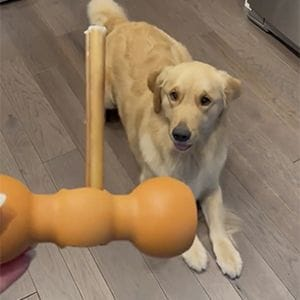
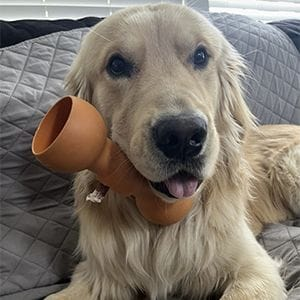
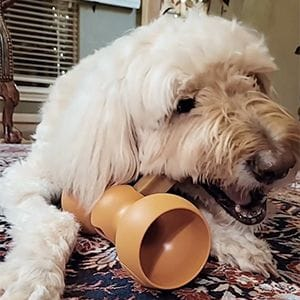

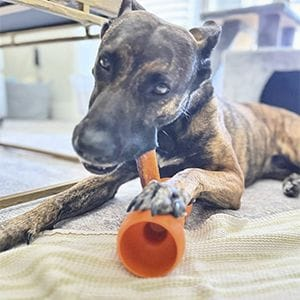

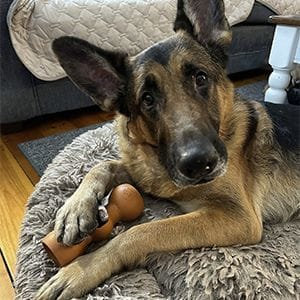


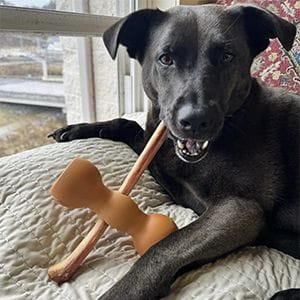
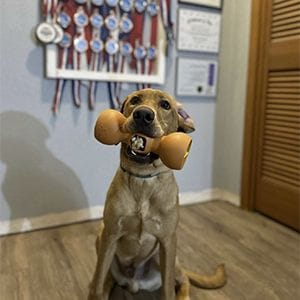


Sign Up to Our Newsletter!
Appeared In















